Traditions, Toys and All the Trimmings: Christmas in Seiffen and Germany’s Ore Mountains
If Christmas were a place, I imagine it would look a lot like this. Behind me, the windows of multicoloured wooden cottages...
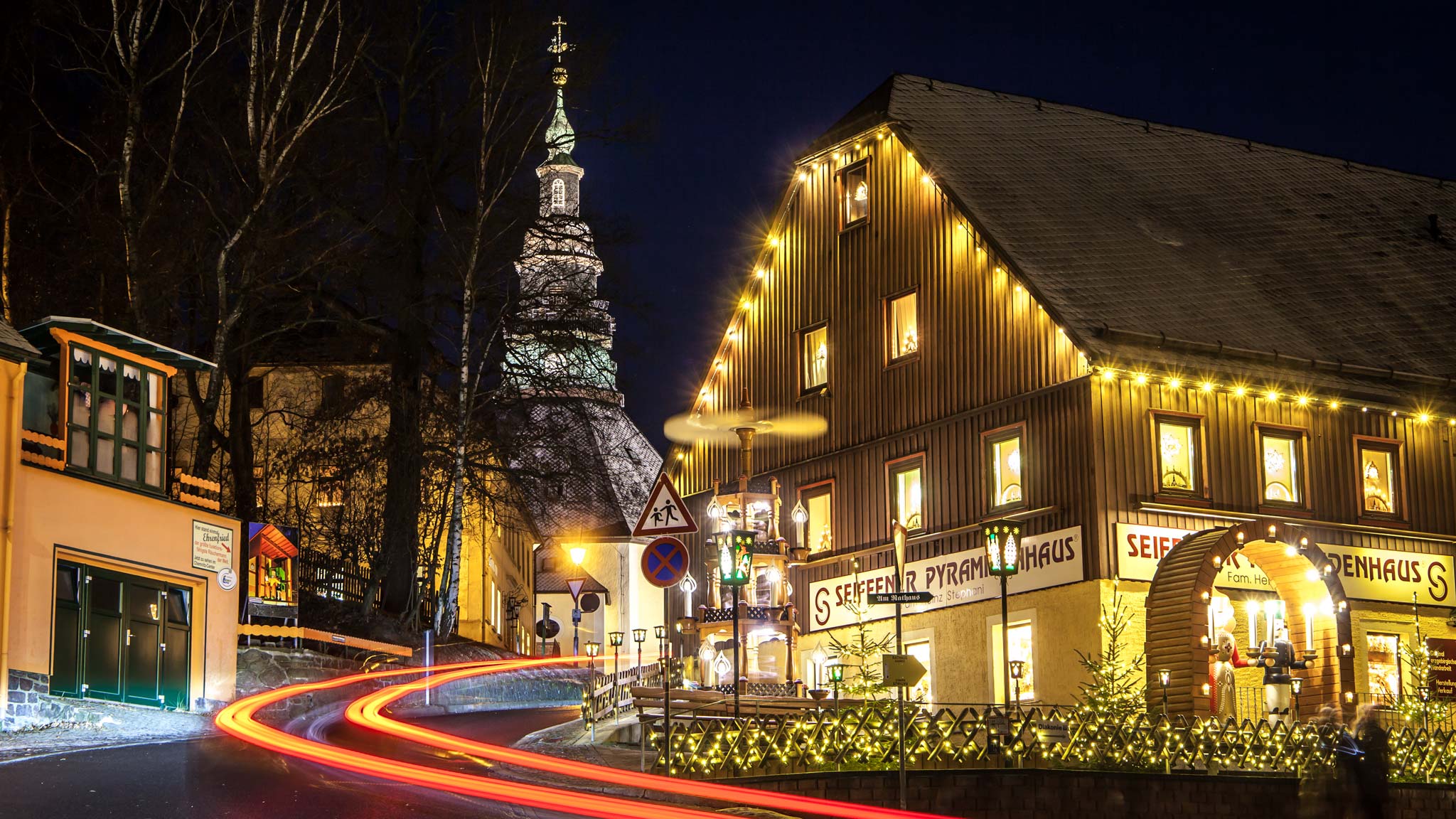
If Christmas were a place, I imagine it would look a lot like this. Behind me, the windows of multicoloured wooden cottages...
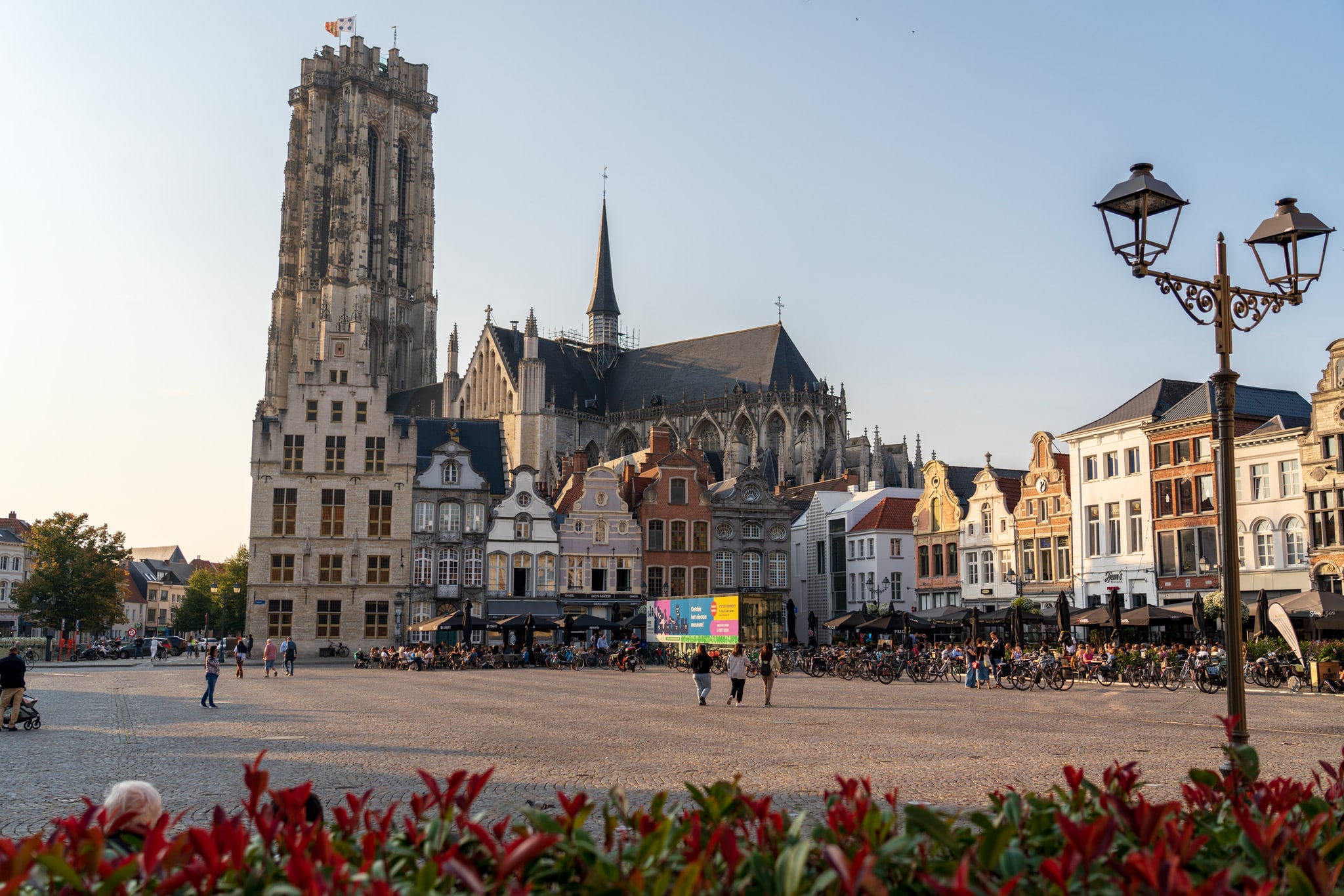
Belgian city breaks always hit the spot – this is arguably one of the best European countries to spend a few days soaking...
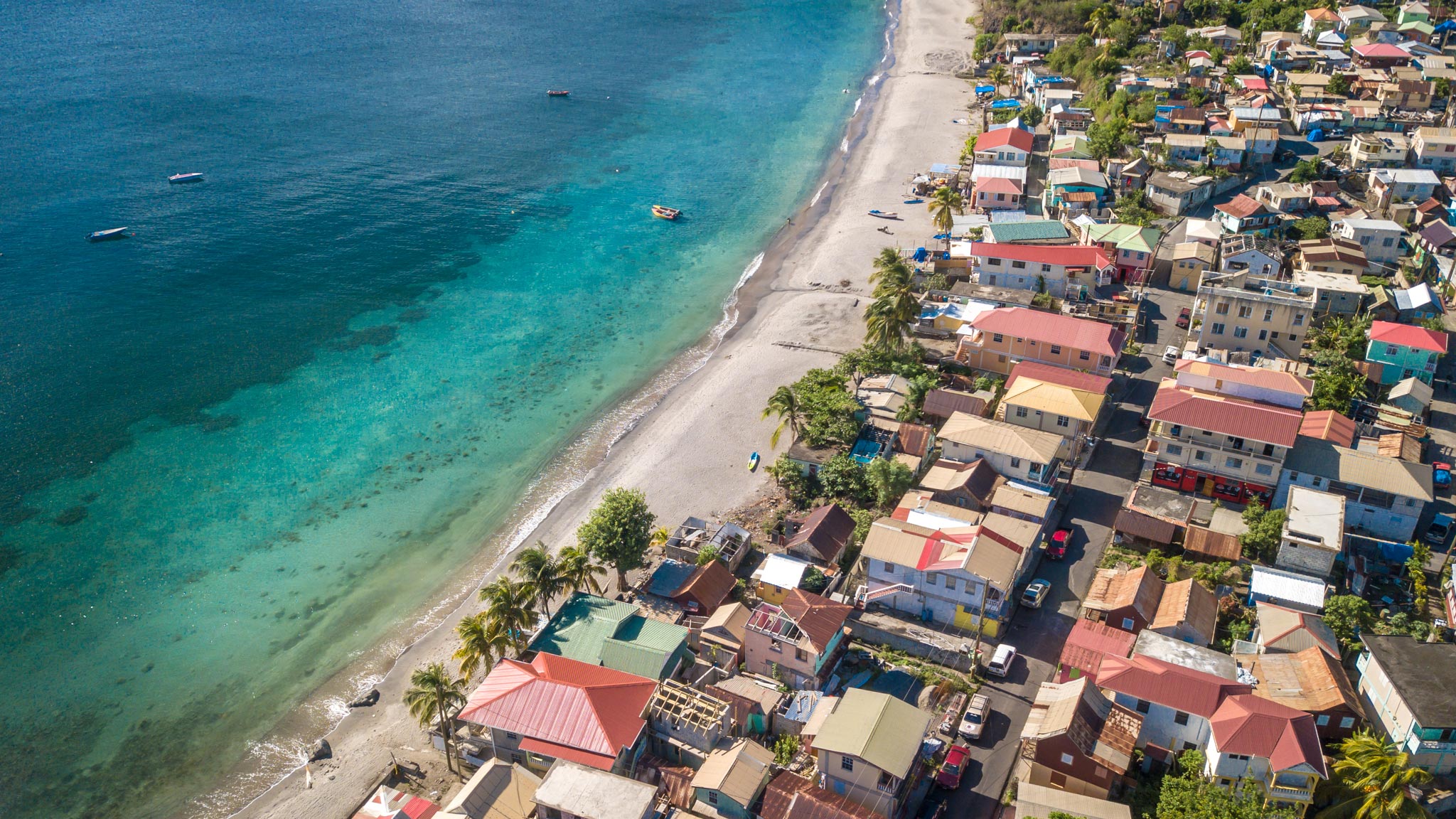
Tears infiltrate my eyes as the ragged road pummels the car’s suspension. “It will be worth it”, Alex, my...

To be honest, the first time I visited Morocco, I wasn’t a fan. Well, to be more precise, the first time I visited...

Within seconds of arriving at Saalfelden Leogang’s Stockinggut Hotel, I was out on the balcony, taking in the most...

Spain’s shimmering southern shoreline and idyllic Mediterranean islands have long cemented their holiday credentials. But...
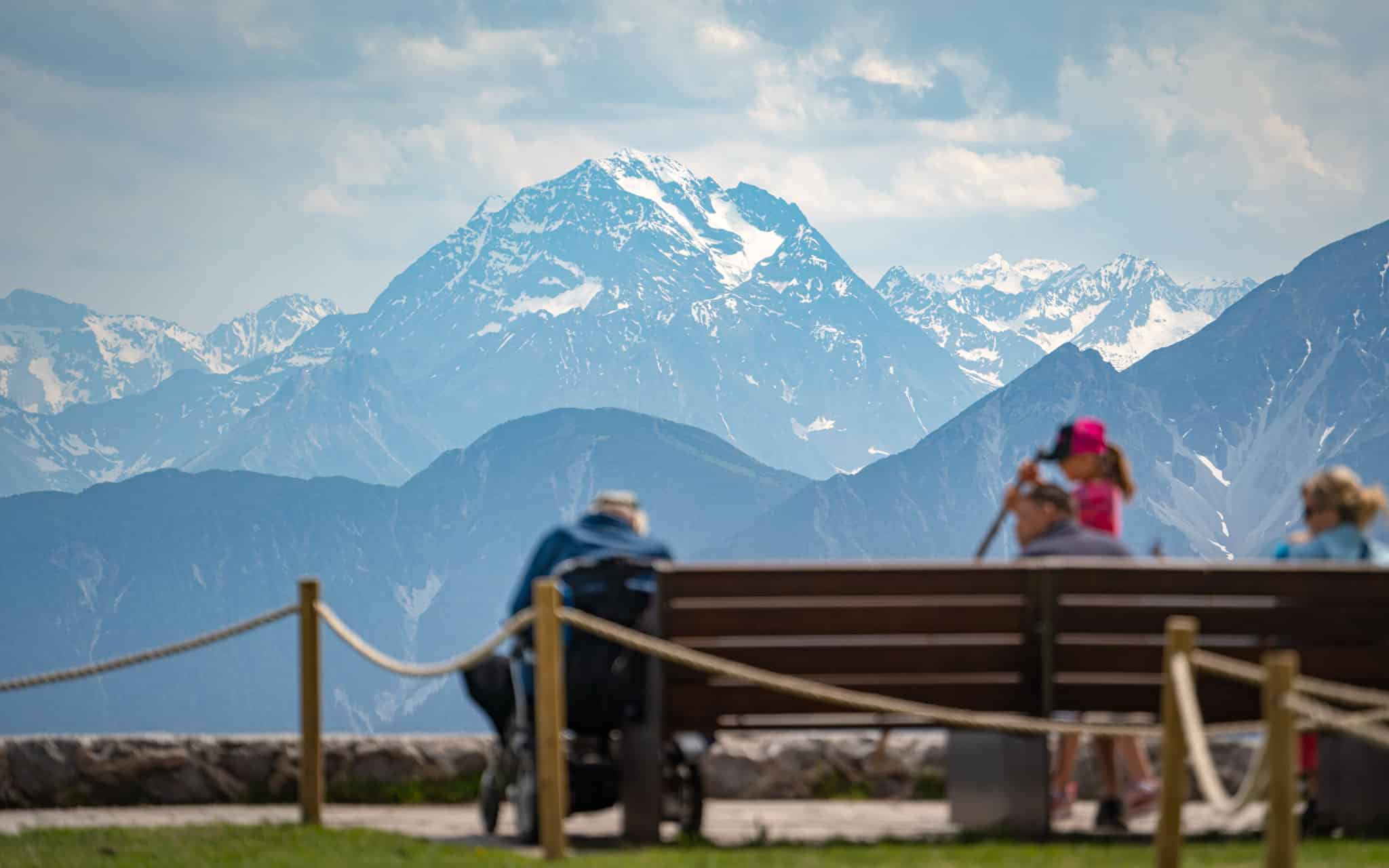
I push my finger against the slightly steamy bus window, tracing saw-toothed mountains meeting a star-lit sky. On any other...

Edinburgh is one of the most spectacular and storied cities in the world. Between its history, the warmth of the Scottish...
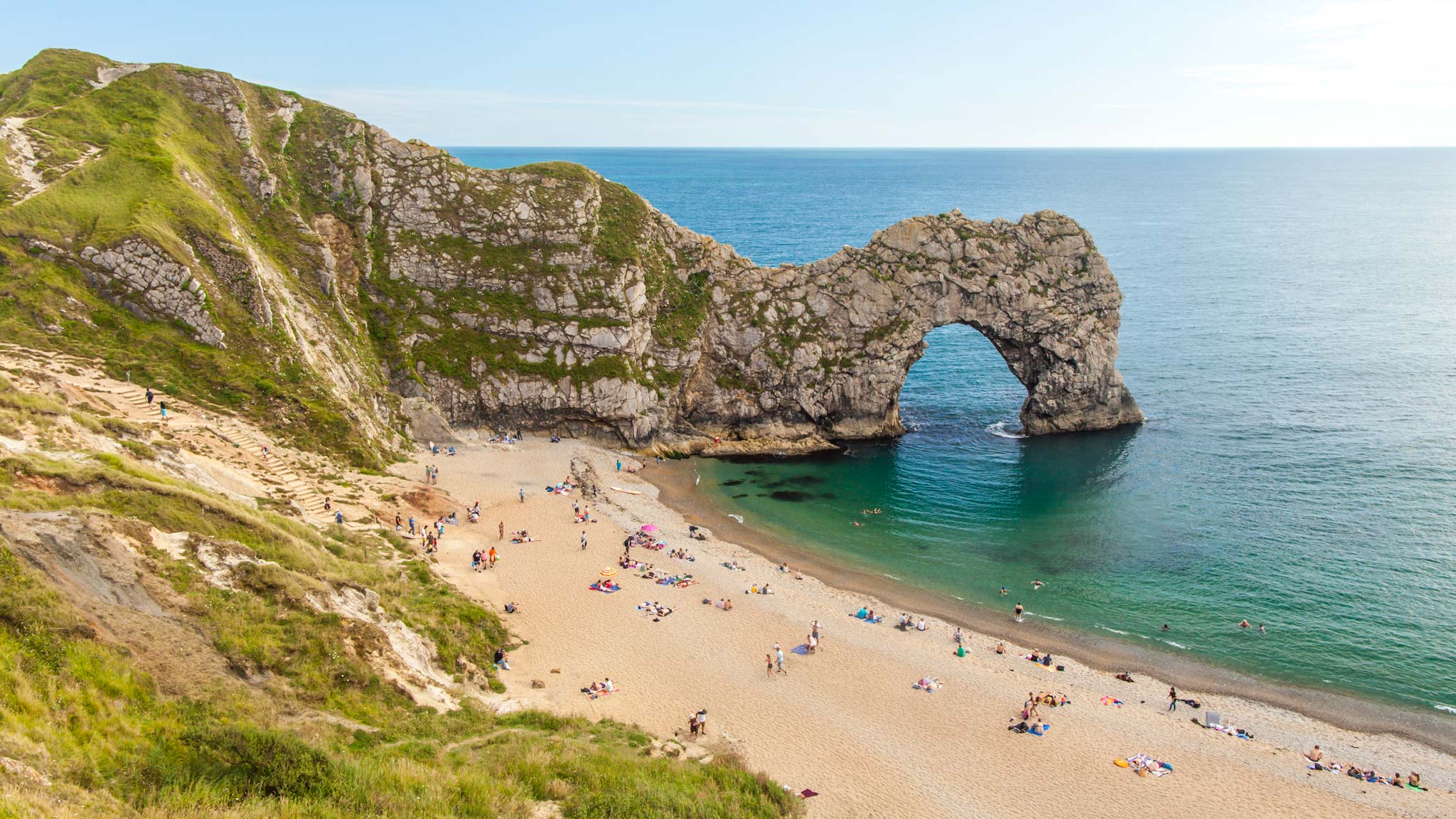
I might be biased, but the Dorset coast is one of the best places you can visit in England, and indeed the UK. Being my...

Bon Bini means welcome in Papiamento — one of Aruba‘s two official languages — and not only will you hear these warm...
